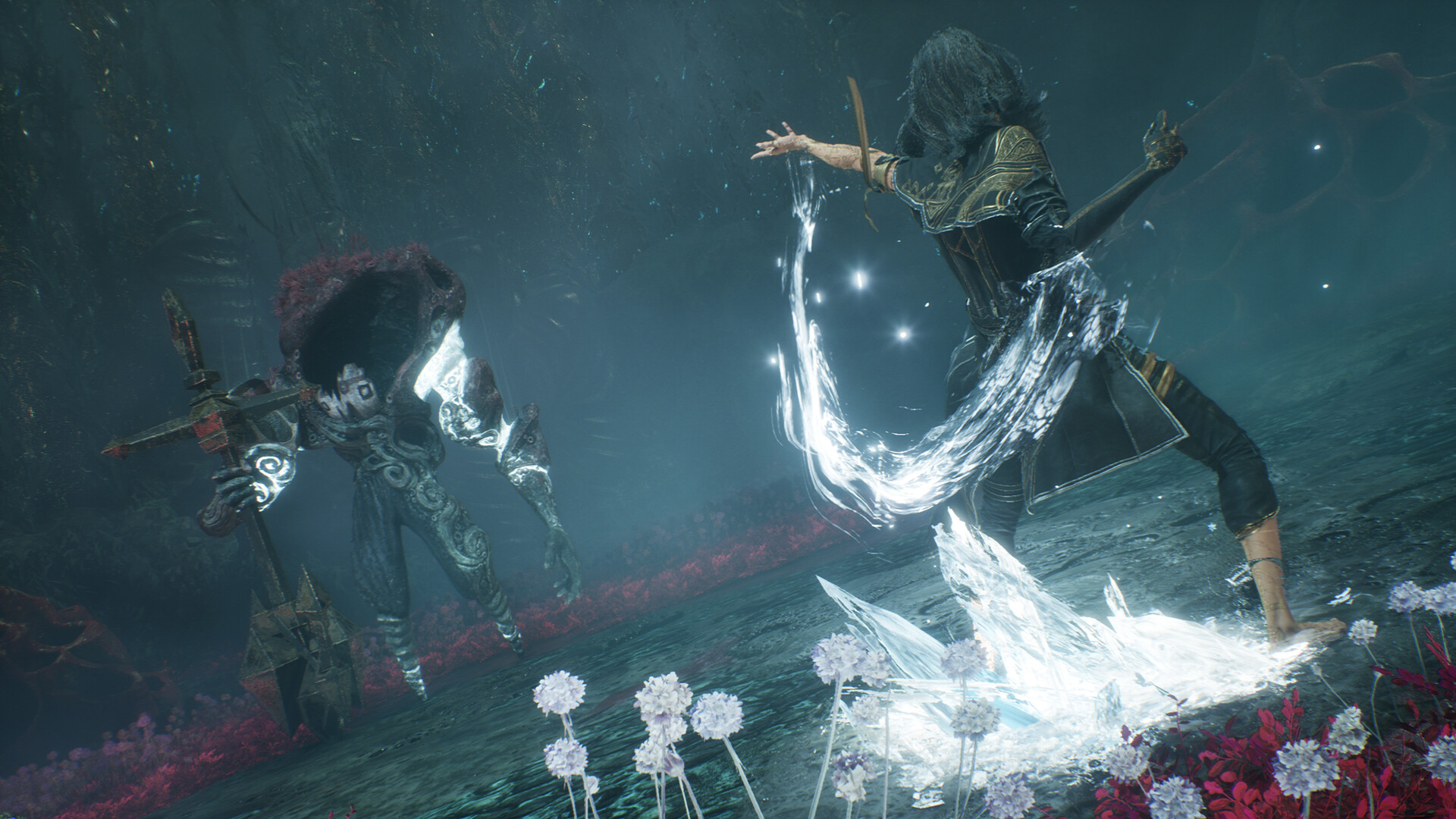I enjoyed the Surface Duo, but I love the Samsung Galaxy Z Fold 3
My favorite phone since the Nokia Lumia 1520.
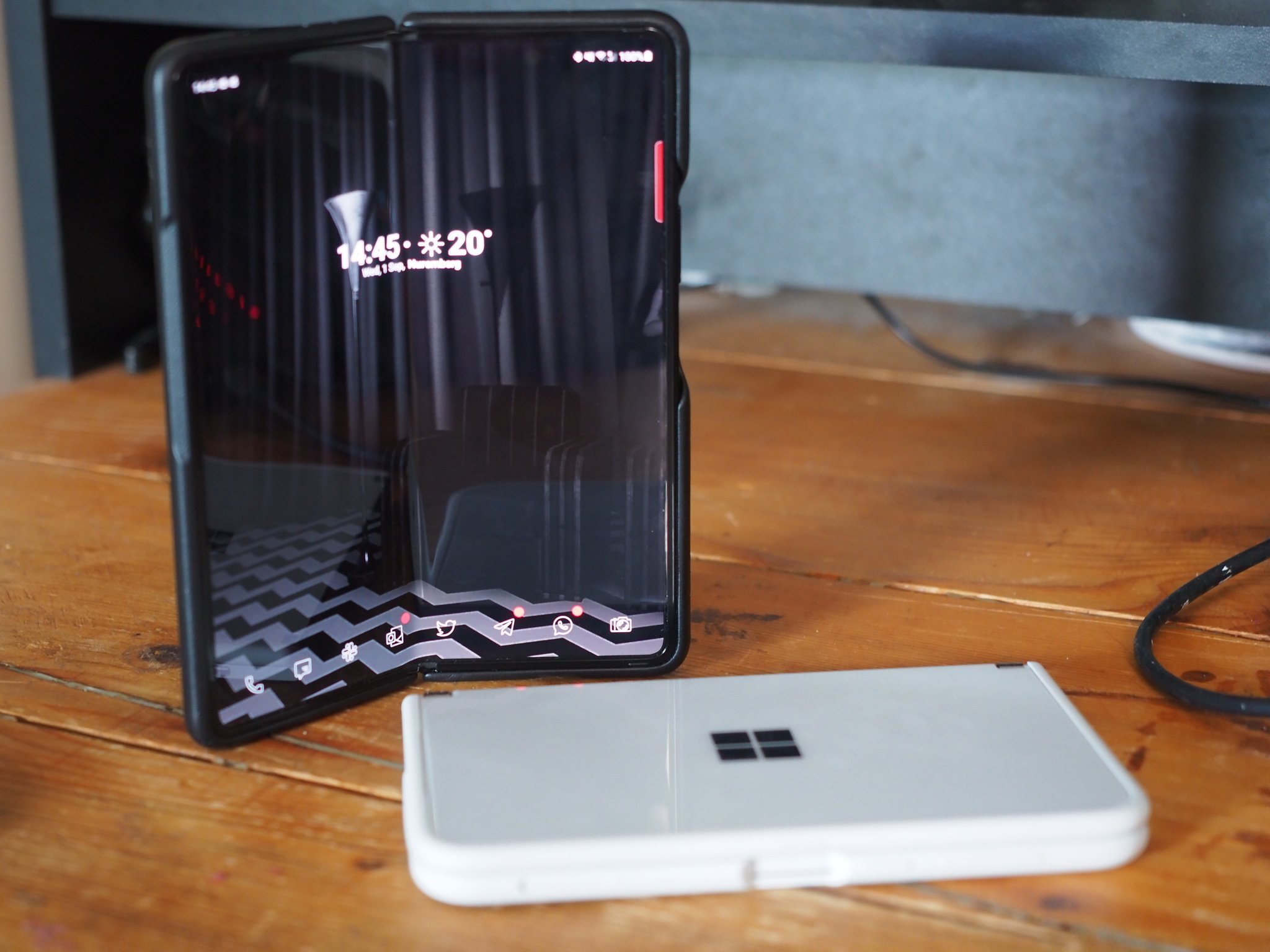
I am admittedly a phoneaholic. During the Windows Phone days, every upgrade felt significant and palpable. Moving from the HTC 8X to the Lumia 920 to the Lumia 1020 to the Lumia 1520 to the Lumia 950 XL, it was a fun ride. I never really cared much about phones or tech in general until I got on board with Microsoft's Windows 8 vision — a platform where all of your content would move seamlessly between devices, with a single unified design language. Alas, as we all know, 'twas not meant to be.
Like many Windows Phone refugees, I sought the embrace of Android, owing to its increased customizability and its (at least theoretically) more open platform. The ability to customize the hell out of my Samsung devices has kept me locked to their platform ever since, and the deal has only gotten sweeter in recent times, owing to beefy support from Microsoft. The "Your Phone" Windows 10 connection performs incredibly well on the Samsung Galaxy line, thanks to full OS integration. It's easier to swap all the defaults on Android to Microsoft services too, ditching Samsung's launcher for the cleaner Microsoft Launcher, alongside Microsoft Swiftkey, OneDrive for cloud storage, Outlook for email, and so on. Samsung even dabbles with inking support, something I've always enjoyed on Surface.
I've been using Samsung's Galaxy Note line for the past few years, as I found it most closely mimicked my all-time favorite phone, the Lumia 1520. Huge screens, beefy battery life, and powerful cameras, complete with heavy integration with Microsoft's services. I have, however, recently discovered a new love, that will change my phone habits maybe forever.
I dabbled with the Surface Duo this past summer, and I enjoyed my time with it. But it wasn't until I picked up the Samsung Galaxy Z Fold 3 that I truly fell in love with foldables.
Why I love the fold
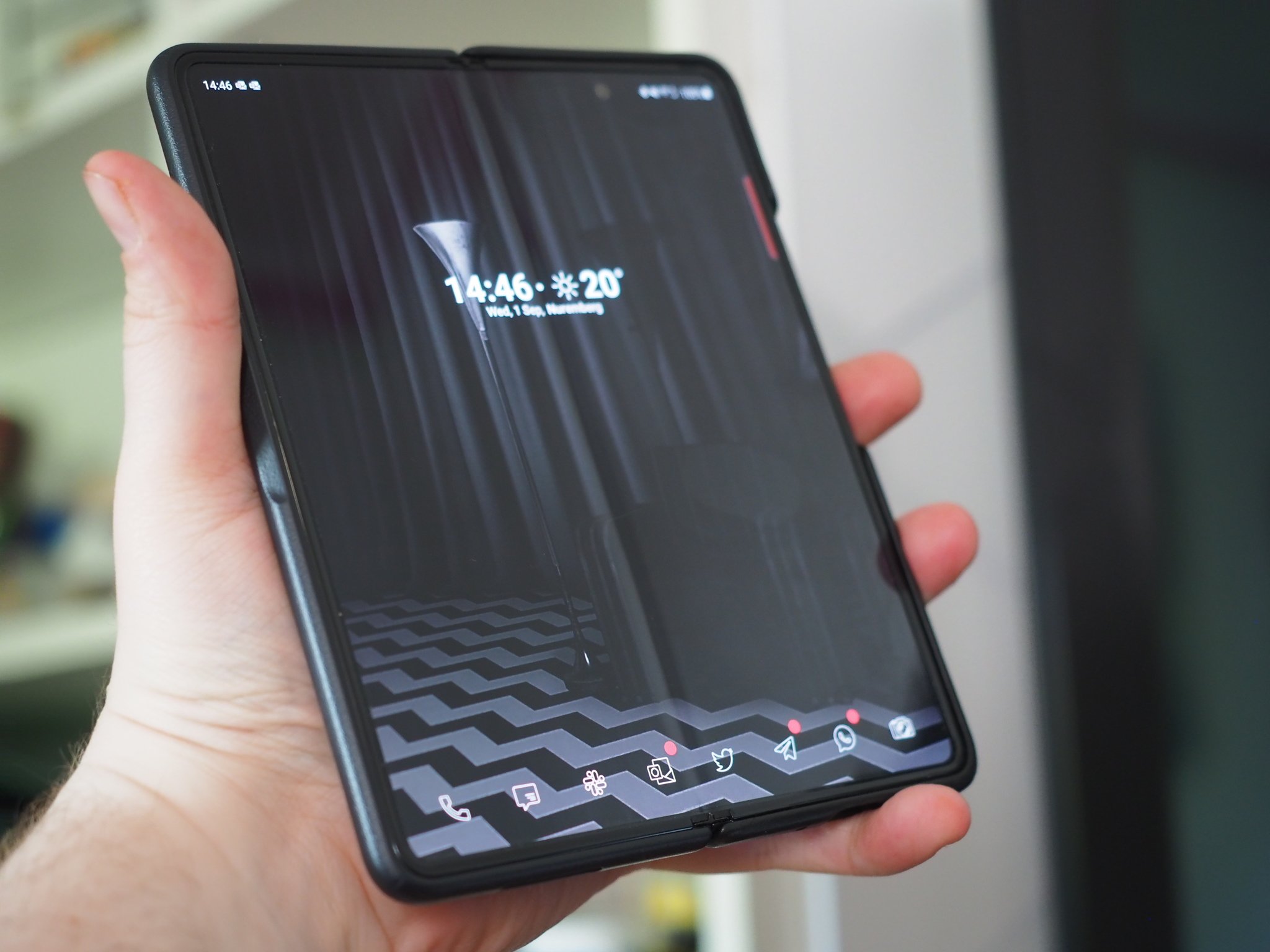
I am in some ways still pining for that "One Windows" vision that Microsoft has sought after to mixed success over the years. It's somewhat ironic then that since dropping Windows Phone, we're arguably closer to that vision than ever before. We can play Xbox games on Android using Xbox Game Pass' cloud gaming platform. We have phone calls, SMS, and app streaming on PC thanks to Your Phone. We have the near full-blown Office on mobile devices, too.
As a chronic multitasker, I have been floored by the usability of Samsung's One UI.
Where some of this vision falls apart historically is in the form factor. Microsoft tried to solve this with Continuum, which let you connect a Windows 10 Mobile device to an HDMI monitor, producing a Windows desktop-like environment. Using a Microsoft Excel spreadsheet or typing up a Word document on a phone is an absolute pain, but if you have the screen real estate for it and the right accessories, it was at least passable. The problem has always been that there simply wasn't a device — until now — that could truly provide this two-in-one experience. I'm not the kind of guy who would carry an external HDMI display around with him simply for Continuum or Samsung DeX's similar desktop-like experience. But thanks to the Galaxy Z Fold 3, I don't need to.
When folded outwards, the Galaxy Fold 3 is an enormous 7.6 inches across. Held in landscape, it truly is like a small laptop display. Disregarding its impressive brightness, colors, and 120Hz refresh rate, it's the size that I love above everything else. Playing games designed for TVs on Xbox Game Pass often sucked on my comparatively small Note 20 Ultra. The UI would be squished, alongside font sizes, making some games simply unplayable. The tablet-like size on the Galaxy Fold 3 eliminates this issue completely, giving you something closer to a Nintendo Switch-style experience, albeit with a far, far superior display.
Get the Windows Central Newsletter
All the latest news, reviews, and guides for Windows and Xbox diehards.
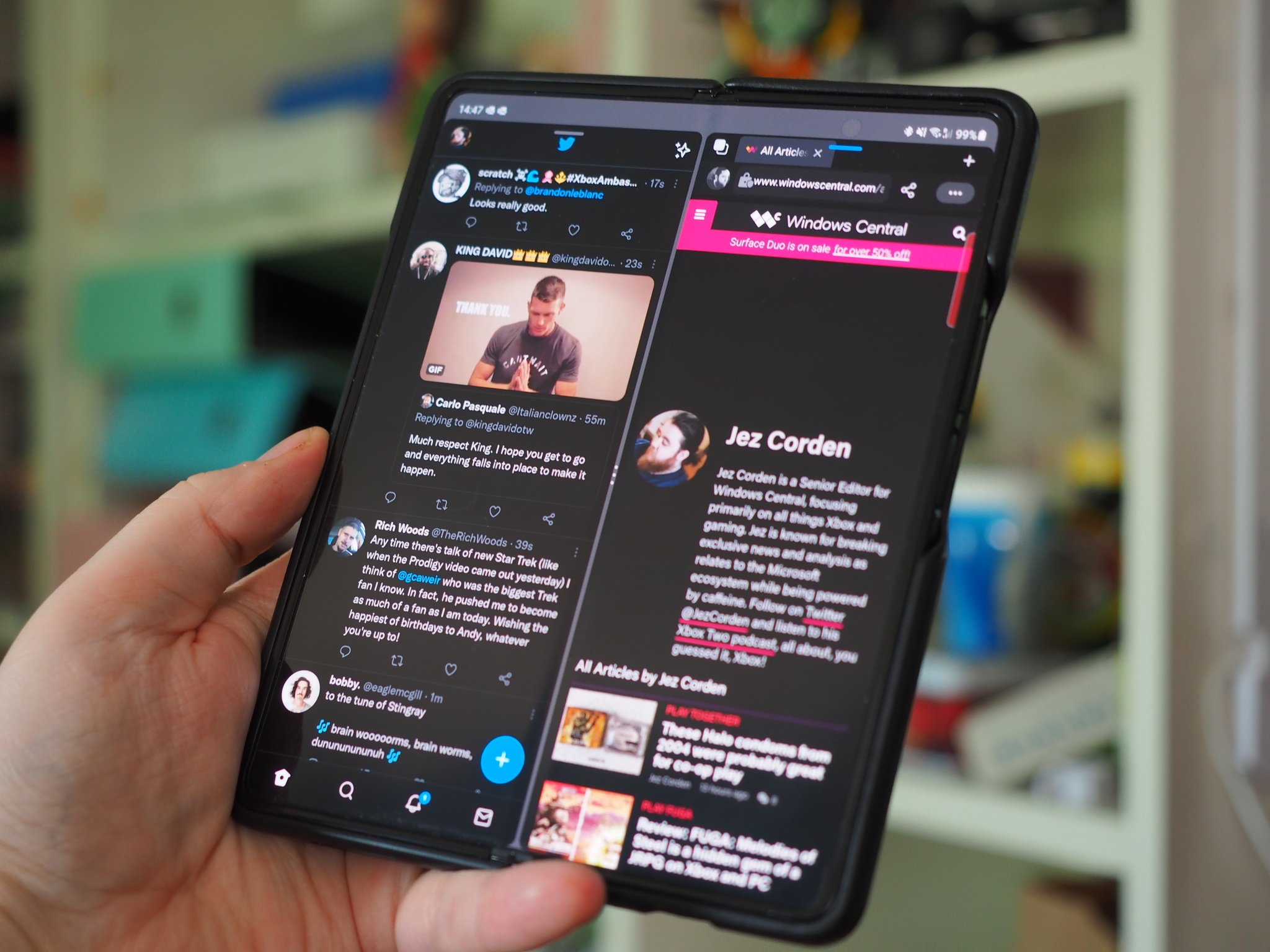
As a chronic multitasker, I have been floored by the usability of Samsung's One UI on the Galaxy Fold 3 as well. It's a simple case of dragging and dropping apps where you want them, snapping into place with Windows 8-like intuitiveness. You can run up to three apps side by side on this thing, without any discernible degradation in performance. Although you may find that watching a YouTube video while streaming Xbox Game Pass alongside a web browser may chew through the battery if used with impunity, if I'm traveling for any particularly large length of time I'll most likely grab a power bank anyway. That's not to say the battery life is poor, though — it's anything but.
Samsung used new techniques to increase the brightness without impacting power consumption on its Fold 3 devices, and the difference is very noticeable compared to my Note 20 Ultra. I generally use this phone near to the lowest brightness setting while indoors, giving me anywhere up to 10 hours of non-stop screen time, albeit with 120Hz disabled. I found that an average day of use would net me anywhere up to 18+ hours on a single charge, which approaches Lumia 1520 power satisfaction.
Is the Galaxy Fold 3 for everybody, though? Probably not.
The concerns and shortcomings
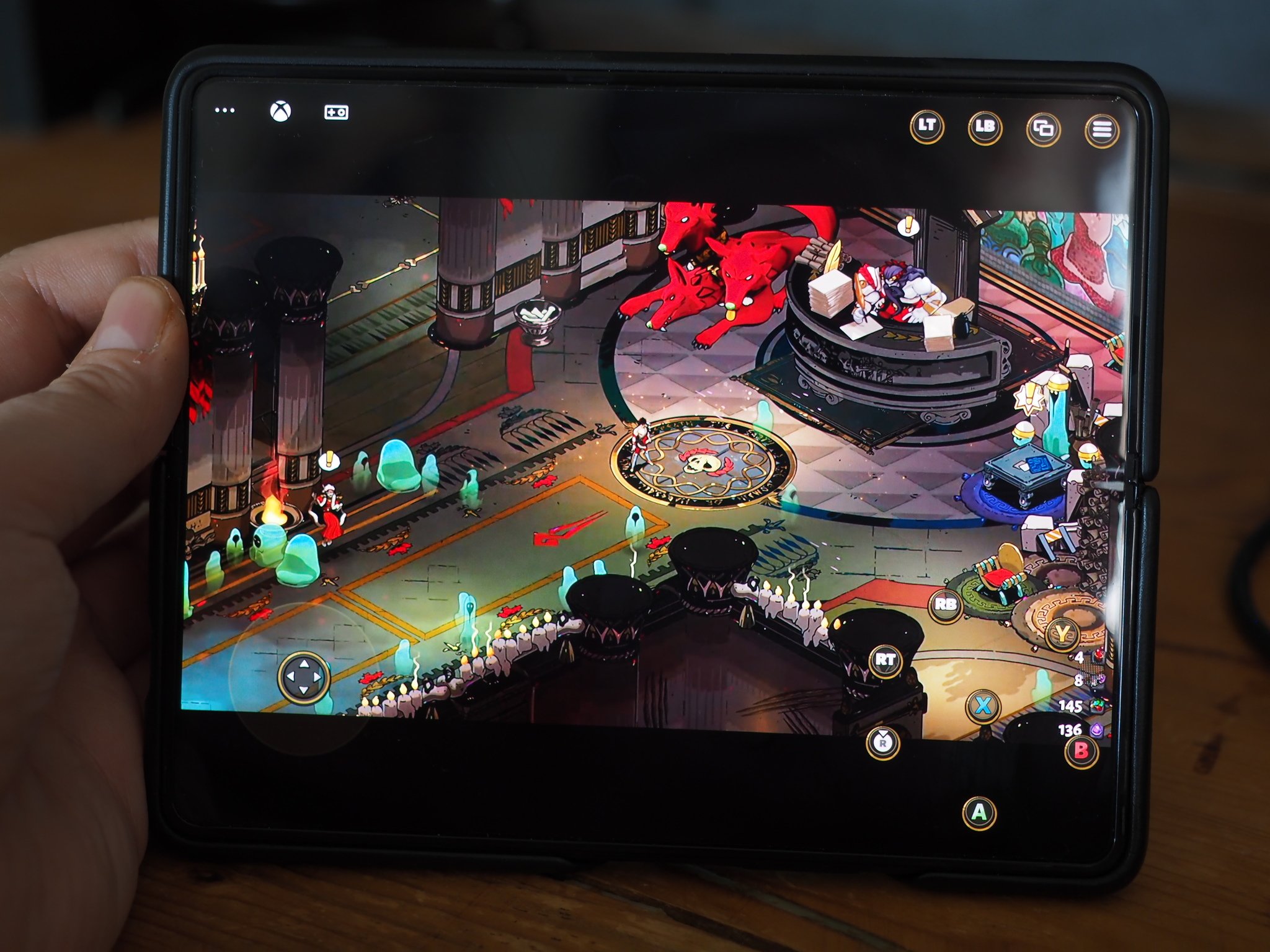
The Galaxy Fold 3 is not cheap by any stretch. If you'd have told my younger self someday we'd be paying over a thousand dollars for a phone I'd have laughed, let alone $1,500 dollars. Luckily, Samsung offers a pretty generous trade-in program, allowing me to shave a sizeable chunk off the asking price. Even with that discount, though, my wallet wept a bit.
I am the type of person who is glued to their phone almost all the time. I use my phone when I wake up, when I'm relaxing in the evening, and before I go to bed. I use it while traveling. I use it even when I'm at my laptop as a second screen, using apps like spacedesk combined with a desk mount to get some more screen space. Slapping Reddit next to Twitter, or Xbox Game Pass next to a messaging app has been incredibly fun to do, and has ultimately changed the way I consume content. That being said, it's quite apparent that this screen-addicted lifestyle isn't for everyone.
You really, really have to love your mobile life to justify the price tag attached to this thing. You're effectively buying a phone and a tablet in a single package, given the external and internal displays. I suspect for most people, needing a device that can do both at once isn't really necessary. Even beyond that, I have reservations about the longevity of this product.
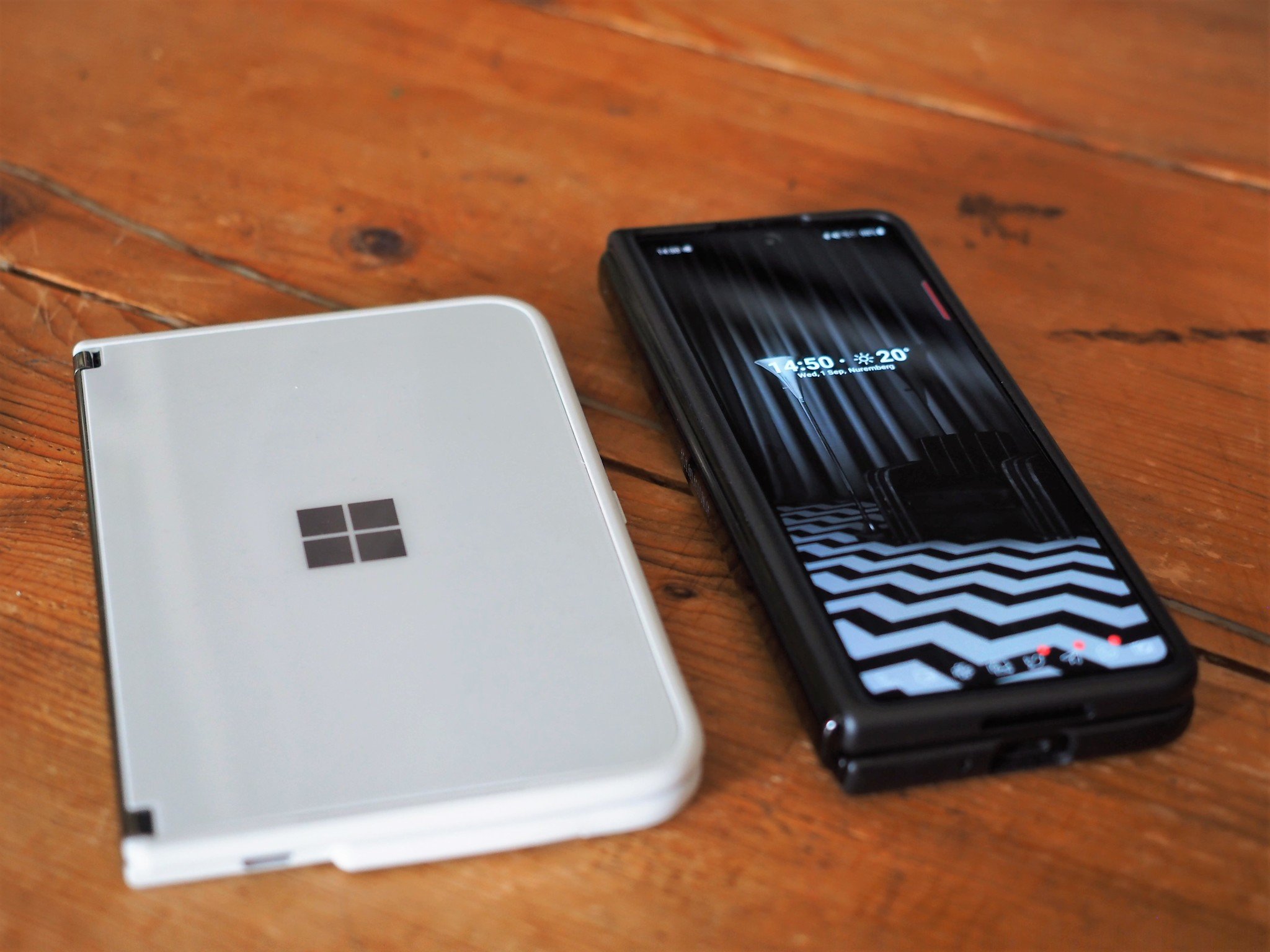
The Fold 1 and even the Fold 2 were notorious for split screens and cracks, even through regular use. The first Fold was particularly hard hit, with screens cracking even before the review embargos had lifted. The Fold 2 and Fold 3 use the same Samsung flexible glass composite, even though Samsung claims the phone is sturdier overall, with new materials across the back and frame.
I'd be lying if I said I wasn't concerned that my screen will eventually flex itself broken.
Considering the most ideal type of user for this type of phone is a power user, I'd be lying if I said I wasn't concerned that my screen will eventually flex itself broken. I found myself wondering things like, "Should I take this to the beach?" on the off chance a grain of sand while on vacation might get into the screen protector and ruin the delicate display. I'm generally quite careful with my phones regardless, and have never actually cracked a screen in my life — but that's not to say I never dropped my Lumia devices and Galaxy Notes. Quite the opposite. Despite having a case on the Fold 3, I feel as though I'll handle this one with even more care than my previous devices.
Indeed, in some ways, the form factor on its closest direct competitor, the Surface Duo, makes more sense.
What about the Surface Duo?
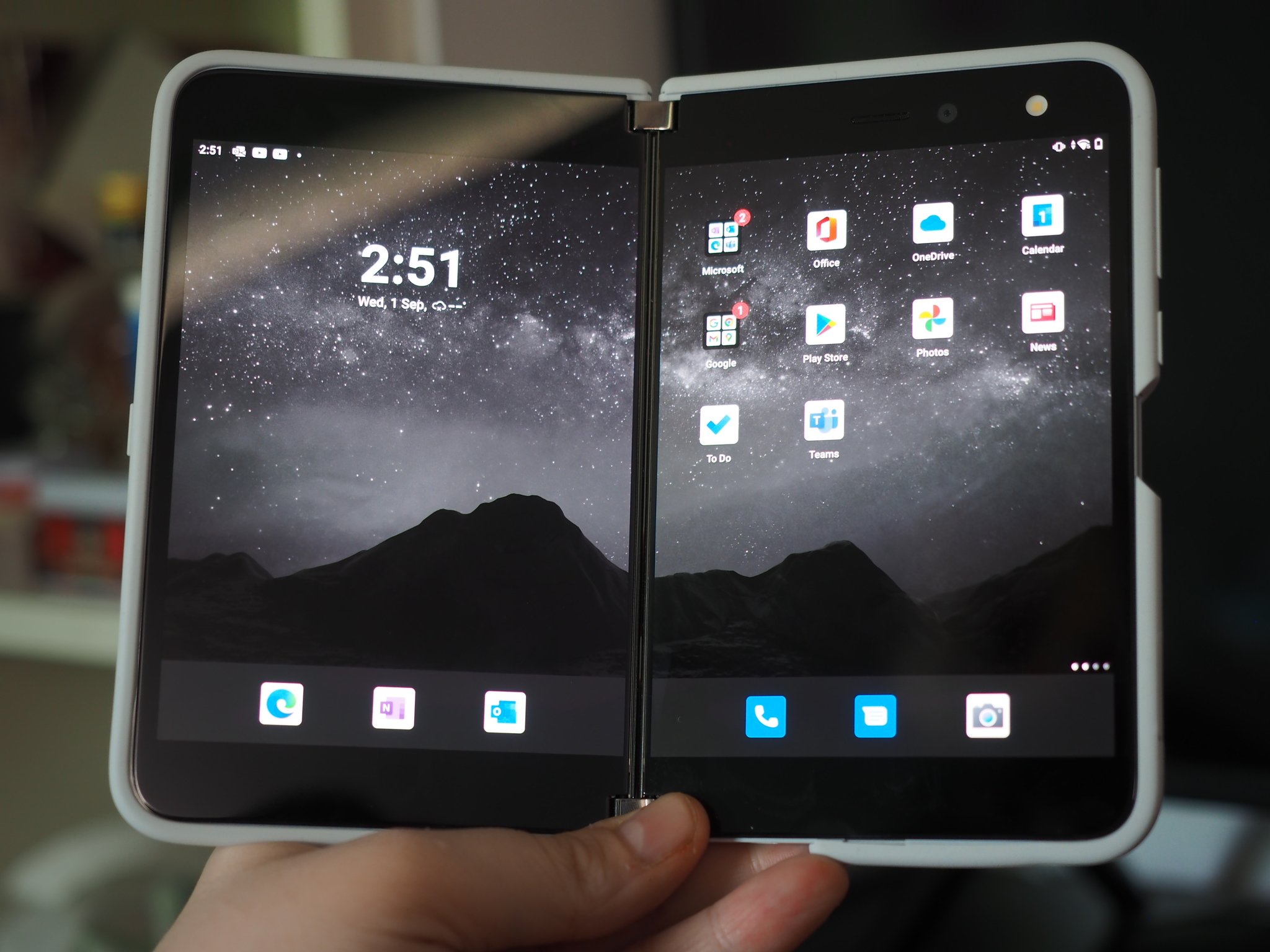
I do have a Surface Duo in my possession and couldn't bring myself to make it my daily driver. I very almost did, but the Bluetooth reliability on the Duo ultimately prevented me from doing so. Indeed, as a "power user" of Android, every shortcoming on the Duo, from software glitches to poor antennae betrayed its "power user" form factor and price. I went to the Surface Duo for the innovation, but it's Samsung Galaxy that has executed and produced a product I can actually use.
The Galaxy Z Fold 3 is the device the Surface Duo team should ultimately aspire to beat.
Still, the question of that flexible glass display really does raise concerns. The Surface Duo has a more conventional glass display and is essentially two separate screens connected together, with an incredibly complex hinge mechanism. The hinge eliminates the need for a reverse display as seen on the Galaxy Fold, since you can rotate the Duo 360 degrees. There's a sublime elegance that the Duo enjoys that the Fold simply does not. But I need my phone to be more than just pretty. The Duo cameras, microphones, software, and other features simply aren't up to par, but that may change with the Surface Duo 2.
One thing is certain: The only types of phones I'm interested in now are foldables. Right now, it's the Samsung Galaxy Z Fold 3 that holds the crown in this arena, but I can easily foresee a future where Surface ends up coming out on top if they can solve those screen-wasting bezels and pervasive software glitches that detract from the design intent.
The Galaxy Z Fold 3 is a power-user's dream, for both work and play. And crucially for Microsoft, the Galaxy Z Fold 3 is the device the Surface Duo team should ultimately aspire to beat.

Jez Corden is the Executive Editor at Windows Central, focusing primarily on all things Xbox and gaming. Jez is known for breaking exclusive news and analysis as relates to the Microsoft ecosystem while being powered by tea. Follow on Twitter (X) and Threads, and listen to his XB2 Podcast, all about, you guessed it, Xbox!
